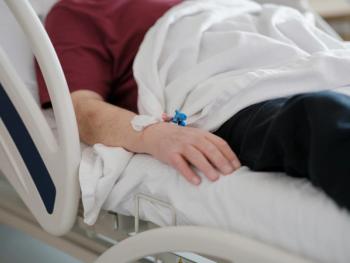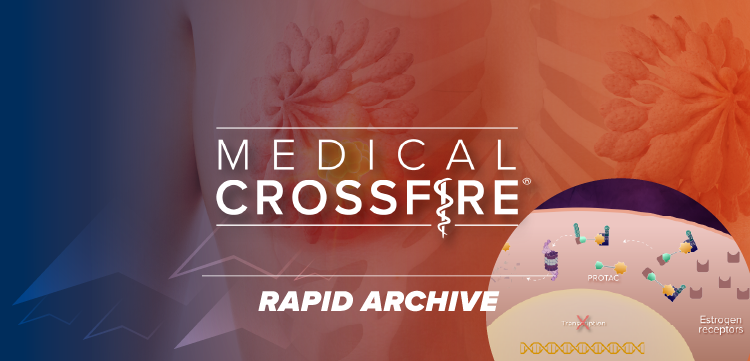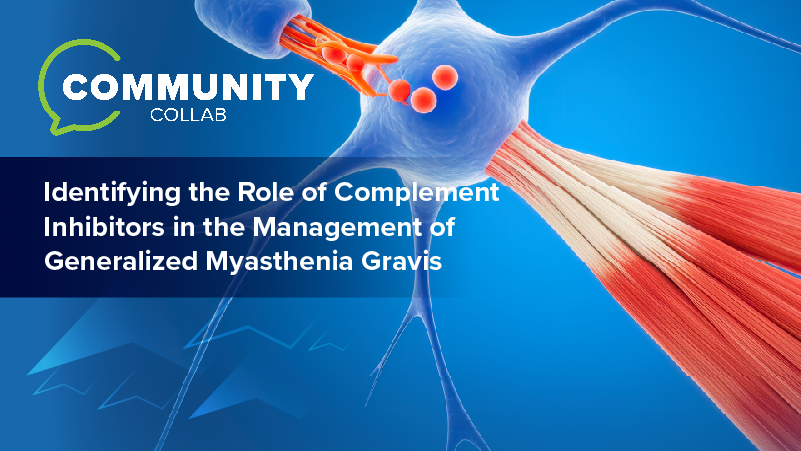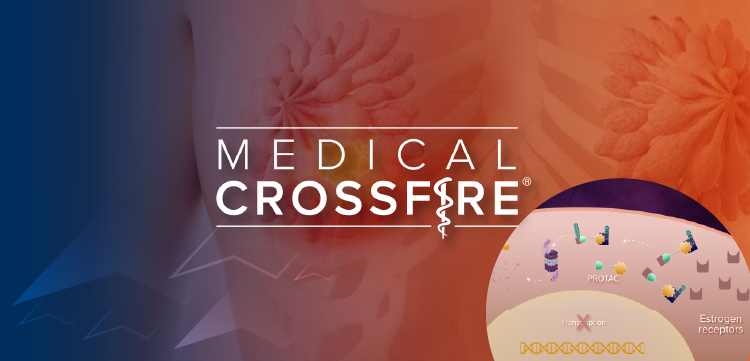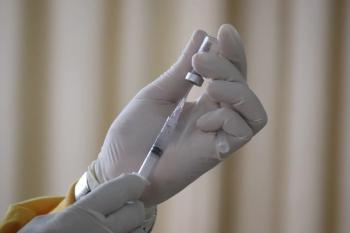
- Contagion, Summer 2025 Digital Edition
- Volume 10
- Issue 2
The Consequences of Doxycycline Postexposure Prophylaxis
Doxycycline postexposure prophylaxis is associated with emerging tetracycline resistance in Neisseria gonorrhoeae and commensal organisms, highlighting the need for cautious, targeted use.
Doxycycline postexposure prophylaxis (dPEP) has emerged as a novel strategy for preventing bacterial sexually transmitted infections (STIs), particularly among men who have sex with men (MSM) and transgender women (TGW). Between 2020 and 2022, randomized controlled trials demonstrated that dPEP reduced the incidence of syphilis, chlamydia, and gonorrhea in these populations.1-4
Based on this evidence, the Centers for Disease Control and Prevention (CDC) issued guidance in June 2024 recommending dPEP for MSM and TGW with recent STIs or ongoing risk.5 In a study by Luetkemeyer et al, MSM and TGW living with HIV or on preexposure prophylaxis (PrEP) were randomly assigned to take dPEP or no PEP, with dPEP reducing the incidence of syphilis by 87%, chlamydia by 88%, and gonorrhea by 55%; however, there was an observed increase in tetracycline-resistant Staphylococcus aureus among carriers from 5% at baseline to 13% at 12 months.1 The French ANRS 174 DOXYVAC trial confirmed similar efficacy among MSM on HIV PrEP, reporting a 47% reduction in a composite end point for syphilis, chlamydia, and gonorrhea.2
The dPEP-KE trial (NCT04050540) examined doxycycline prophylaxis in cisgender Kenyan women, demonstrating more modest effectiveness.3 These trials support dPEP’s role in STI prevention, although concerns about its longer-term impact on resistance remain.1-3 To address this, Soge et al conducted a detailed surveillance study in King County, Washington, analyzing Neisseria gonorrhoeae isolates collected between 2017 and 2024. They found that tetracycline resistance (tetR) in N gonorrhoeae remained stable around 27% from 2017 through early 2023. However, by the second quarter of 2024, 1 year after local dPEP guidelines were released, tetR had surged to 70%. High-level tetR (HL tetR) also rose sharply, from 2% in 2021 to 65% by mid-2024. Both changes were statistically significant (P < .001 for tetR and HL tetR trends).6 Patient characteristics were well defined and reflective of a high-risk population. The cohort included 703 MSM at a sexual health clinic with a median age of 35 years. Most participants reported recent condomless sex with multiple partners, and 26% had a documented bacterial STI in the prior 12 months.6
These demographics closely mirror the populations targeted by dPEP guidelines and provide a representative sample for evaluating real-world outcomes associated with dPEP use. The study further examined the relationship between dPEP use and resistance. The investigators found that taking more than 3 doses of dPEP per month was independently associated with both tetR (adjusted OR [aOR], 3.6; 95% CI, 1.3-10.0; P = .01) and HL tetR (aOR, 6.0; 95% CI, 1.8-19.7; P = .004). In contrast, any dPEP use, regardless of frequency, was not statistically associated with increased resistance.
These findings suggest a potential dose-response effect.6 Additionally, researchers analyzed nasopharyngeal colonization with Staphylococcus aureus and Group A Streptococcus (GAS) in the same population. S aureus colonization was less common among dPEP users than nonusers (27% vs 36%; P = .02), suggesting doxycycline’s effect in reducing carriage.6 However, colonization with tetracycline-resistant S aureus was significantly higher in dPEP users than nonusers (18% vs 8%; P = .001), as was colonization with tetR GAS (9% vs 4%; P = .04).6
These results provide evidence that dPEP exerts selective pressure not only on target pathogens but also on commensal flora. There are several limitations to this study. As an observational study, it cannot establish a direct causal link between dPEP use and resistance emergence. Resistance data were derived from N gonorrhoeae isolates submitted for culture, which may not fully represent the broader population. Additionally, self-reported dPEP use may be subject to recall bias, and adherence was not verified. Other unmeasured factors, such as prior antibiotic use, could have influenced resistance patterns.6 Notably, between 2016 and 2018, the sexual health clinic clinicians predominantly treated MSM diagnosed with chlamydia or nongonococcal urethritis with azithromycin, whereas only 10% to 24% received doxycycline. The treatment pattern shifted significantly by 2024, with 76% of that population treated with doxycycline.
The annual percentage of MSM treated with doxycycline was positively correlated with the annual proportion of N gonorrhoeae isolates in MSM having HL tetR from 2017 to 2024 (R² = 0.57; P = .050). However, the shift toward greater use of doxycycline occurred before the increase in both tetR and HL tetR. The shift in treatment aligns with evidence from the CDC guidelines.7
Clinically, providers should consider both the individual-level benefits and potential public health risks when prescribing dPEP. As resistance to existing treatments grows, the loss of tetracycline efficacy could further narrow the therapeutic window for gonorrhea and complicate treatment of other infections. In conclusion, dPEP offers a valuable tool for reducing STIs in high-risk populations.
Antimicrobial resistance is a shared risk, and its emergence in N gonorrhoeae and commensal organisms underscores the need for judicious prescribing, ongoing research, and cross-sector collaboration to safeguard the long-term effectiveness of dPEP.
References
Luetkemeyer AF, Donnell D, Dombrowski JC, et al; DoxyPEP Study Team. Postexposure doxycycline to prevent bacterial sexually transmitted infections. N Engl J Med. 2023;388(14):1296-1306. doi:10.1056/NEJMoa2211934
Molina JM, Bercos B, Assoumou L, et al. ANRS 174 DOXYVAC: an open-label randomized trial to prevent STIs in MSM on PrEP. Presented at: Conference on Retroviruses and Opportunistic Infections; February 19-22, 2023; Seattle, WA. Abstract 119.
Stewart J, Oware K, Donnell D, et al; dPEP Kenya Study Team. Doxycycline prophylaxis to prevent sexually transmitted infections in women. N Engl J Med. 2023;389(25):2331-2340. doi:10.1056/NEJMoa2304007
Stewart JOK, Donnell D, Violette L, et al. Self-reported adherence to event-driven doxycycline postexposure prophylaxis for sexually transmitted infection prevention among cisgender women. Presented at: STI and HIV 2023 World Congress; July 24-27, 2023; Chicago, IL.
Bachmann LH, Barbee LA, Chan P, et al. CDC Clinical Guidelines on the Use of Doxycycline Postexposure Prophylaxis for Bacterial Sexually Transmitted Infection Prevention, United States, 2024. MMWR Recomm Rep. 2024;73(2):1-8. doi:10.15585/mmwr.rr7302a1
Soge OO, Thibault CS, Cannon CA, et al. Potential impact of doxycycline post-exposure prophylaxis on tetracycline resistance in Neisseria gonorrhoeae and colonization with tetracycline-resistant Staphylococcus aureus and Group A Streptococcus. Clin Infect Dis. Published online February 28, 2025. doi:10.1093/cid/ciaf089
Geisler WM, Hocking JS, Darville T, Batteiger BE, Brunham RC. Diagnosis and management of uncomplicated Chlamydia trachomatis infections in adolescents and adults: summary of evidence reviewed for the 2021 Centers for Disease Control and Prevention sexually transmitted infections treatment guidelines. Clin Infect Dis. 2022;74(suppl 2):S112-S126. doi:10.1093/cid/ciac126
Articles in this issue
5 months ago
Measles 2025: Looking Back and Moving Forward6 months ago
Contagion Summer 2025 Digital EditionNewsletter
Stay ahead of emerging infectious disease threats with expert insights and breaking research. Subscribe now to get updates delivered straight to your inbox.



